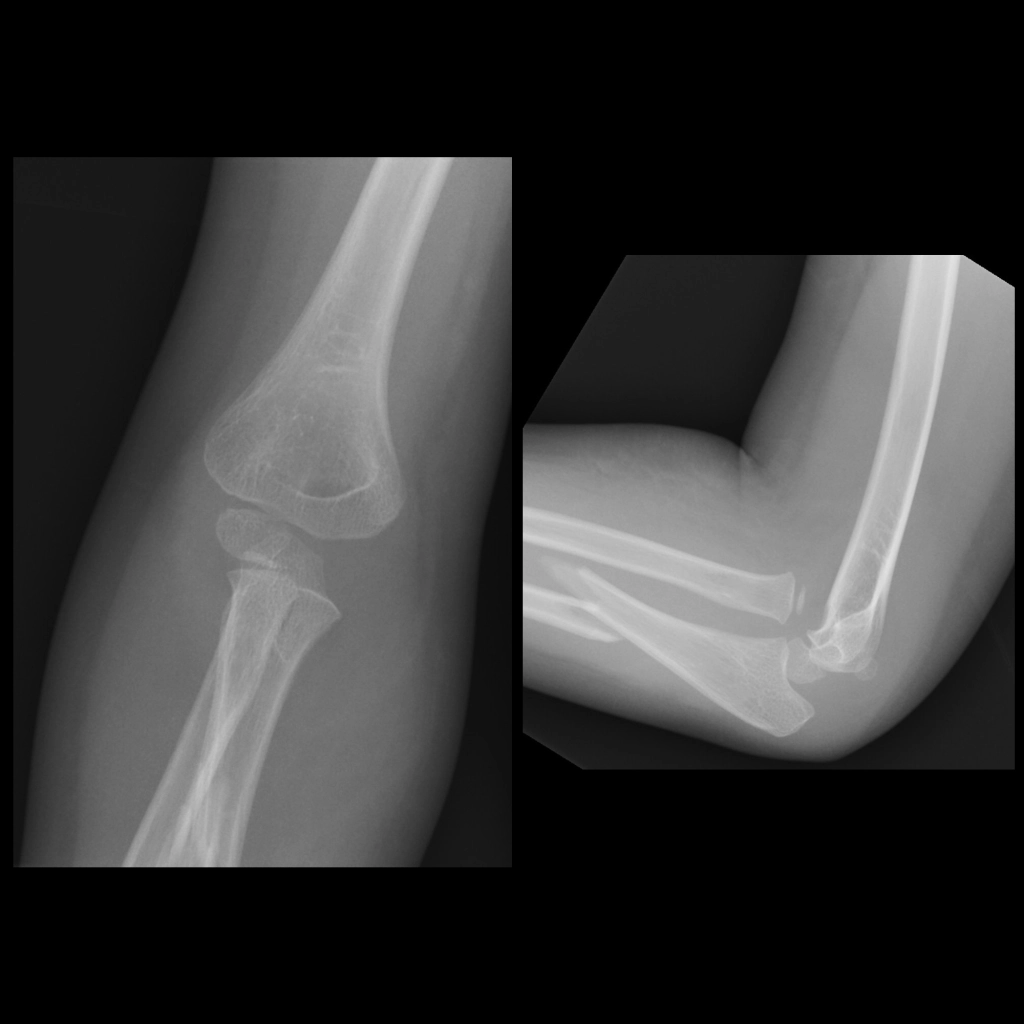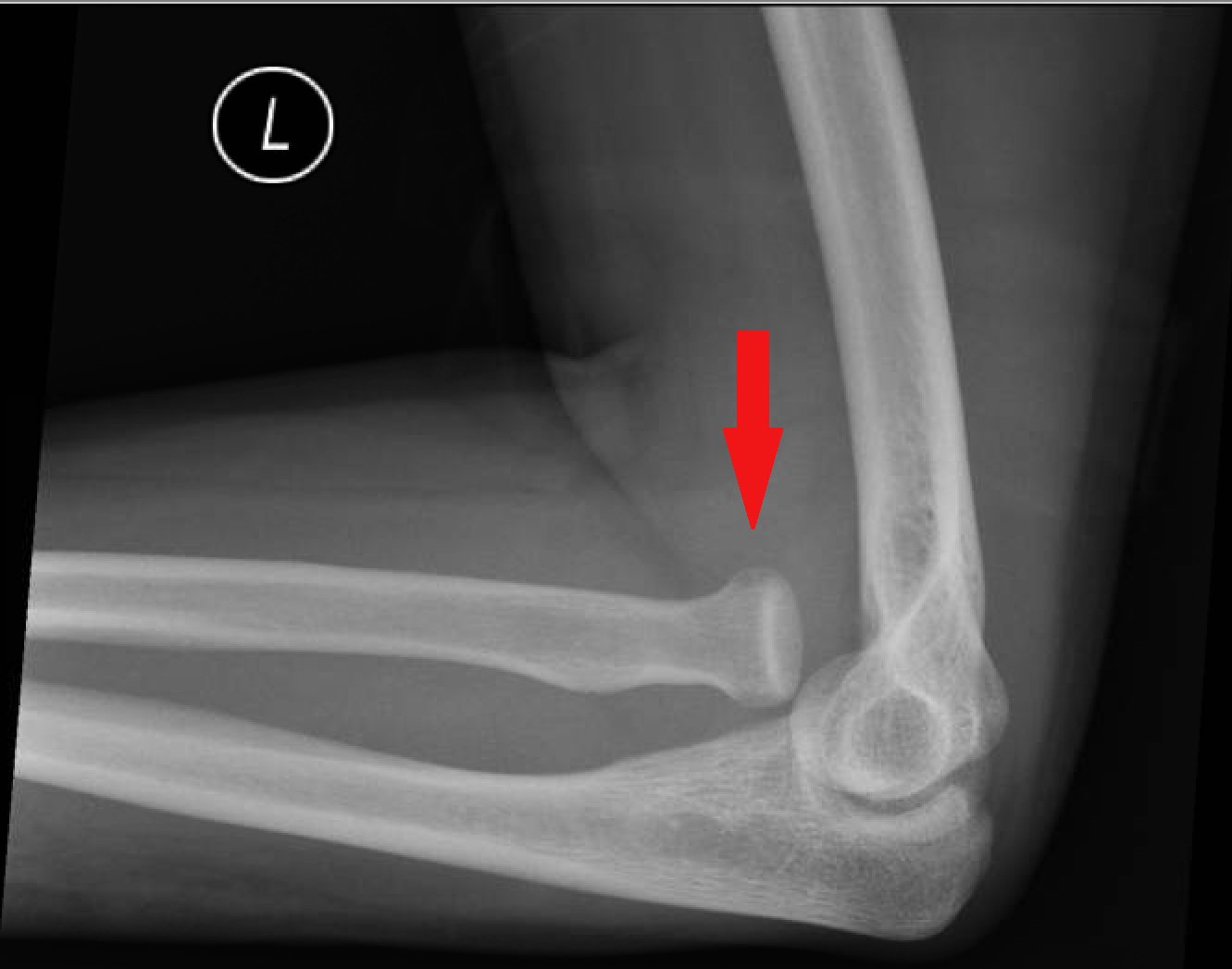Monteggia fracture -An orthopedic nurse is a nurse who specializes in treating patients with bone, limb, or musculoskeletal disorders. Nonetheless, because orthopedics and trauma typically follow one another, head injuries and infected wounds are frequently treated by orthopedic nurses.
Ensuring that patients receive the proper pre-and post-operative care following surgery is the responsibility of an orthopedic nurse. They play a critical role in the effort to return patients to baseline before admission. Early detection of complications following surgery, including sepsis, compartment syndrome, and site infections, falls under the purview of orthopedic nurses.
Monteggia fracture
Monteggia fracture: It is defined as a fracture of the upper third of ulna with dislocation of the radial head.
Characterestics:
1. Originally described in 1814 by Monteggia.
2. Rare fracture occurring in approximately 1 in 14 of forearm fractures.
3. Commonly after fall onto an outstretched hand with a degree of forced pronation. Can also result from a direct blow.
4. A useful way of remembering this type of forearm fracture is with the acronym ‘BUM’ – Broken Ulna Monteggia.

Clinical features of Monteggia fracture:
1) Pain and swelling near the elbow joint.
2) There will be tenderness at the fracture site with associated limitation of elbow movements.
3) The forearm may appear shortened and deformity from the dislocated radial head may be apparent.
4) Head of the radius and ulnar angulation may be felt anteriorly and posteriorly.
[Ref-John Ebnezar’s “Textbook of Orthopedics” 4th edition page-174]

Radiological features of Monteggia fracture:
1) Always suspect radial head dislocation with an isolated ulna fracture.
2) Carefully examine elbow views for normal alignment. A line drawn along the axis of the radius should pass through the centre of the capitellum on both the lateral and AP views. This is known as the radiocapitellar line.
3) The radiocapitellar line does not pass through thecapitellum due to radial head dislocational
Manage Monteggia fracture:
1) Analgesia and immobilise, then refer to the orthopaedic team as treatment is surgical.
2) In children with greenstick fractures, correction of the angulation by closed reduction under GA is appropriate.
3) Careful follow-up with weekly radiographs is required.
[Ref-Erskin.J.Homles, A-Z Emergency Radiology]

Complications of Monteggia fracture:
1. Unreduced dislocation head of radius.
2. Posterior interosseous nerve palsy.
3. Malunion of fracture ulna.
4. Nonunion of fracture ulna.
5. Myositis ossifications.
6. Synostosis between radial head and proximal ulna.
7. Tardy posterior interosseous nerve palsy.
8. Proximal migration of radius.
9. Dislocation of inferior radioulnar joint.
10. Cubitus valgus deformity.
Read more:
